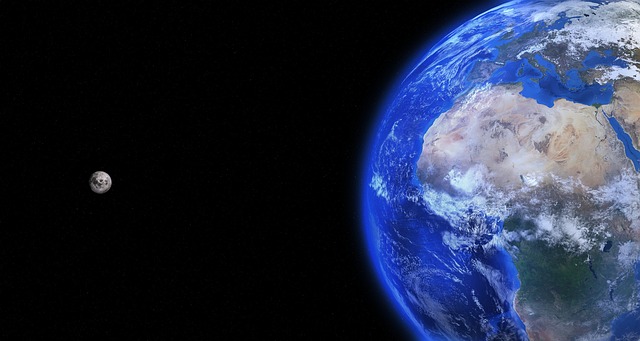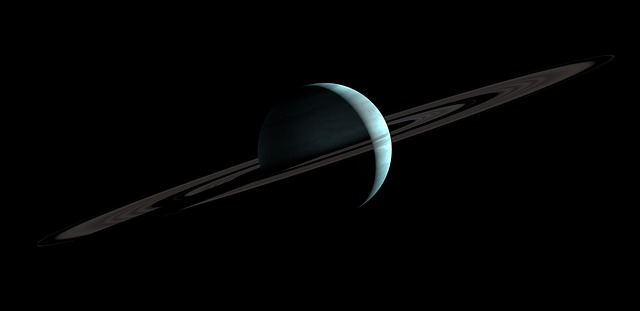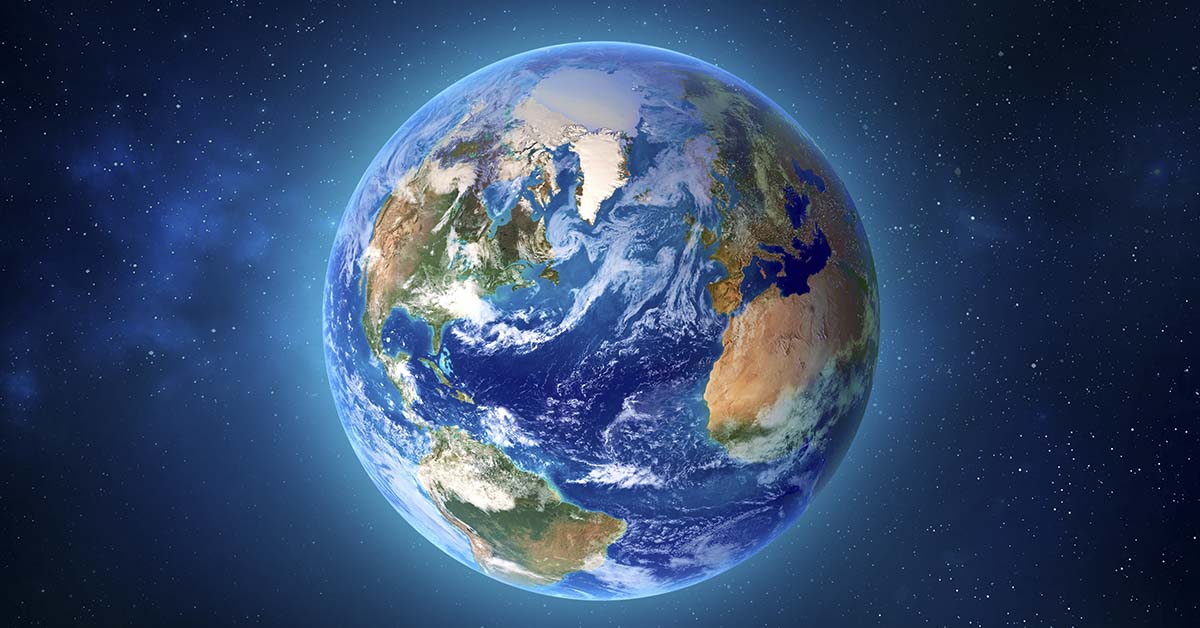According to a new study by NASA, Earth is running out of oxygen, and they even know when it will occur. The study was led by Kazumi Ozaki from Toho University and Christopher Reinhard from Georgia Tech and sought to model the far future of Earth’s atmosphere. The team discovered that the Earth’s oxygen levels will eventually collapse to a fraction of what it is today as the sun grows brighter over time. According to their simulations, the oxygenated phase of our planet’s atmosphere will last for around a billion more years before rapidly transitioning back to an environment reminiscent of the ancient past.
The Study on The Deoxygenation of the Earth’s Atmosphere

For the study, the researchers combined a climate model with a comprehensive biogeochemical model of the oxygen, carbon, phosphorus, sulfur, and methane cycles. They then ran various scenarios to account for uncertainties in the planet’s surface processes and internal chemistry. Throughout these different scenarios, the same overarching picture became more evident. As the luminosity of the sun increases over time, the long-term carbon cycle of the Earth pulls carbon dioxide out of the air quickly.
This ultimately cuts off the possibility for photosynthesis to occur. Due to this sudden cutoff of oxygen production, levels rapidly plummet, and life as we know it comes to a dramatic end. According to the study, the estimate is that the remaining lifespan of our planet is around ~1.08 ± 0.14 billion years. As the sun grows brighter, silicate weathering occurs faster, which locks carbon dioxide into sediments and minerals, cutting down the amount present in the atmosphere. Since plants require carbon dioxide for photosynthesis, if levels fall low enough, global photosynthesis is prevented from occurring, and the supply line of oxygen breaks down.
Reminiscent of an Ancient Atmosphere

The researchers also project that the future of our planet’s atmosphere will be very similar to how it was before complex life thrived. This means that it will likely be rich in methane but very low in carbon dioxide and without any ozone layer to protect it. Without an adequate supply of oxygen, the ozone thins out significantly, which allows more ultraviolet radiation to reach Earth’s surface. This type of hostile environment would be challenging for plant life or animals to arise and survive in, yet would perfectly suit the microbial communities that thrive in the absence of oxygen. This is the opposite of what happened around 2 billion years ago during the Great Oxidation Event. During this period, oxygen rose to levels that allowed complex organisms to develop.
Changing Views on Searching For Life On Other Planets

Furthermore, the models revealed that this point arrived before Earth starts to lose large quantities of surface water to space. This means that the Earth still has oceans when oxygen levels drop. This sequence of events can drastically reshape how we interpret life on far-flung worlds. For example, it suggests that basing the presence of life on a planet’s oxygen levels may be unsuitable. Even a living planet covered with oceans won’t always have high levels of oxygen, such as Earth, which has spent long stretches with little or no oxygen. This means that researchers need to start looking for far more complex biosignatures, such as combinations of gases that seem logical only if biological processes are occurring in low-oxygen conditions.
How the Past Can Reveal Our Potential Future

Earth’s rocks are like historical documents for our atmosphere, recording billions of years of changes. For more than a billion years, there was very little oxygen and an abundance of methane until the Great Oxidation Event occurred. These rocks can be read like records, and they help scientists build their computer models. If these models can “replay” the past increase in oxygen levels using known natural processes, then we can have more faith when they make predictions about the future. New research has suggested that before the big event, oxygen rose for small periods and then dropped again, proving that Earth’s oxygen levels can rise and fall over long stretches of time.
The bottom line is that this is far from something that we need to be worried about right now. We have a billion years to go before this is anticipated to happen. Who knows if we will have achieved interplanetary civilization by then or already wiped off the face of the Earth by our own hands. Yet, the study has revealed that our oxygen-rich atmosphere won’t be around forever. It has also been shown that if we wish to look for signs of life on other planets, we must go beyond searching for oxygen as a telltale sign. Many other planets may be at a point that Earth was billions of years ago, and could become again.
Read More: NASA’s Opportunity Rover Sends Its Final Message Amid Massive Planet-Wide Storm

